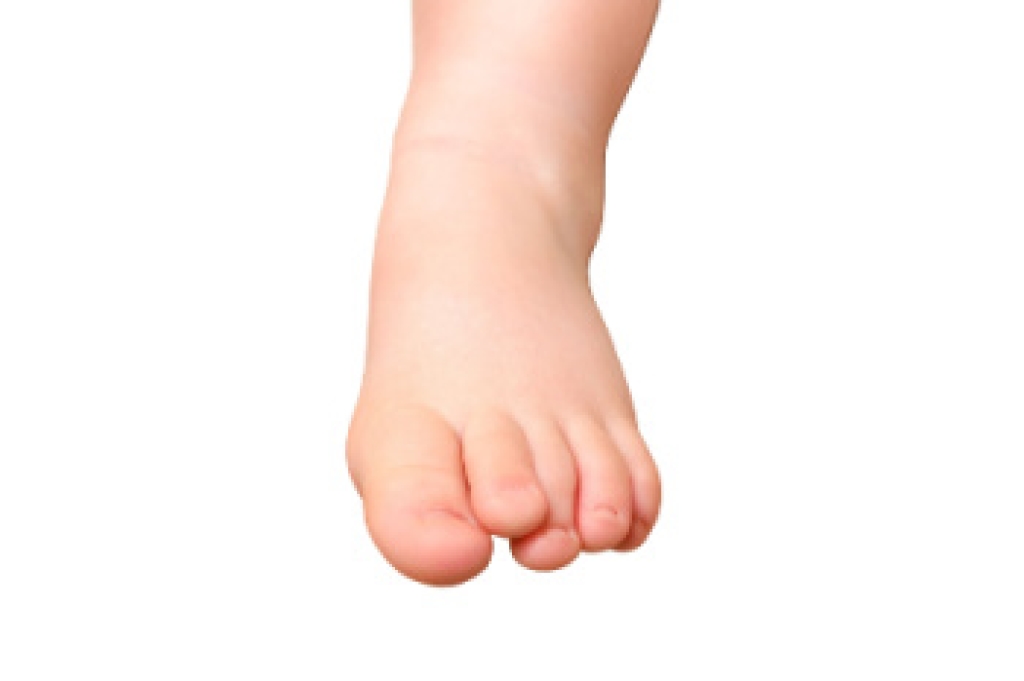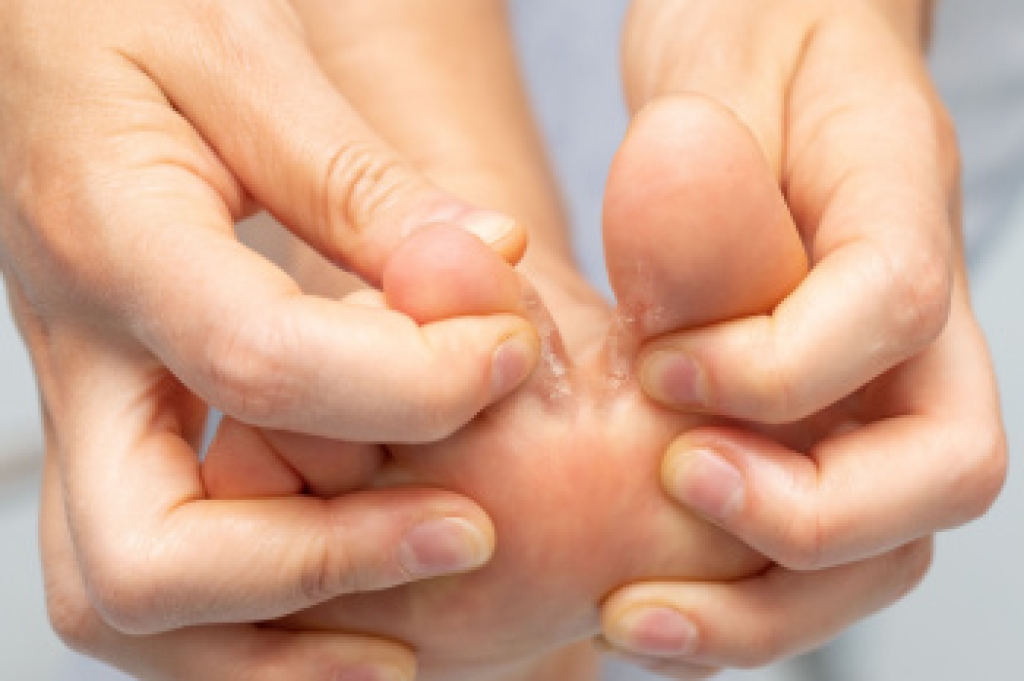
Being overweight places extra stress on the feet with every step, and women can be especially affected as they get older. Added body weight increases pressure on foot joints, soft tissues, and the heel, which can lead to soreness, stiffness, or swelling. Pain often develops in areas that carry the greatest load, such as the ankles, midfoot, and toes. Wearing shoes with inadequate support, spending long hours standing, and wearing flip-flops can increase strain. Extra body weight can also change gait, causing the arch to flatten and increasing the pull on ligaments and tendons. This can interfere with walking and limit activity, creating a cycle where discomfort makes movement harder. A podiatrist can evaluate the feet, recommend better shoe choices, prescribe orthotics, or discuss additional treatment options. If you are experiencing foot pain linked to your weight, it is suggested that you schedule an appointment with a podiatrist for a diagnosis and safe treatment.
Obesity has become very problematic at this point in time and can have extremely negative effects on the feet. If you’re an obese individual and are concerned about your feet, contact David Lambarski, DPM from Northeast Foot Care. Our doctor can provide the care you need to keep you pain-free and on your feet.
Obesity and Your Feet
Since your feet are what support your entire weight when standing, any additional weight can result in pain and swelling. Being overweight is one of the main contributors to foot complications.
Problems & Complications
Extra Weight – Even putting on just a few extra pounds could create serious complications for your feet. As your weight increases, your balance and body will shift, creating new stresses on your feet. This uneven weight distribution can cause pain, even while doing the simplest tasks, such as walking.
Diabetes – People who are overweight are at serious risk of developing type-2 diabetes, which has a drastic impact on the health of your feet. As you get older, your diabetes might worsen, which could lead to loss of feeling in your feet, sores, and bruises. You could also become more prone to various infections.
Plantar fasciitis – Pressure and stress that is placed on muscles, joints, and tendons can trigger plantar fasciitis, which is an inflammation of tissue that forms along the bottom of the foot.
If you have any questions, please feel free to contact our offices located in Amsterdam and Clifton Park, NY . We offer the newest diagnostic and treatment technologies for all your foot care needs.




